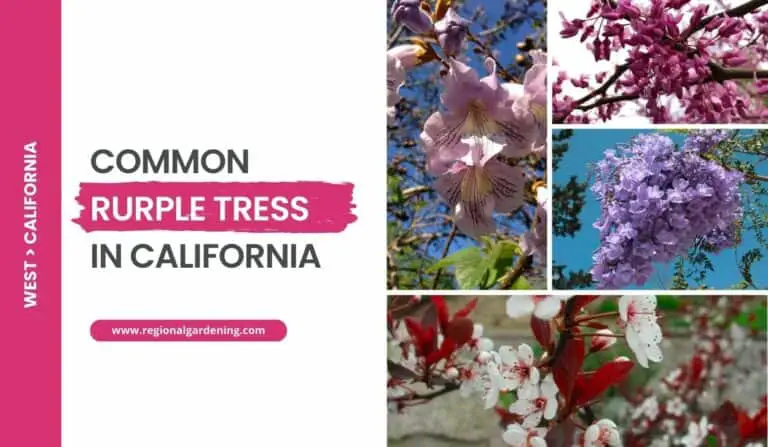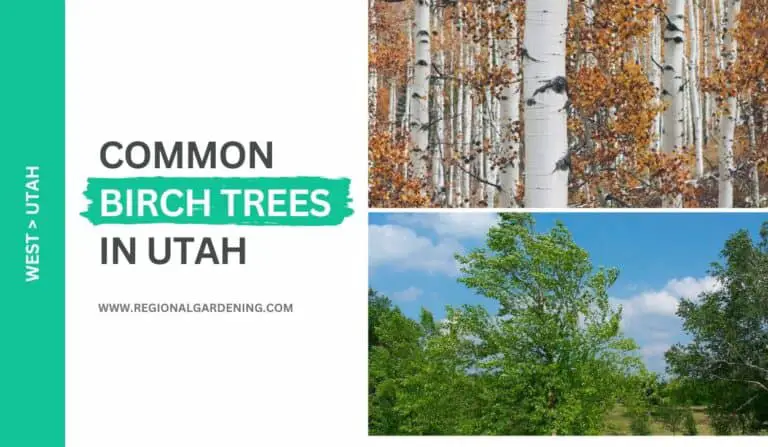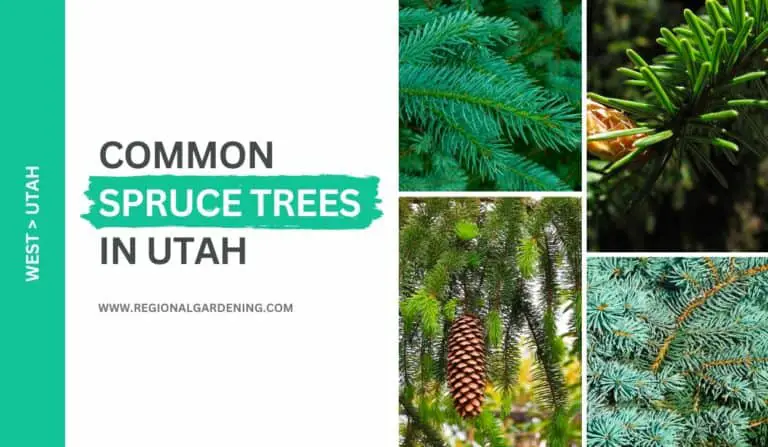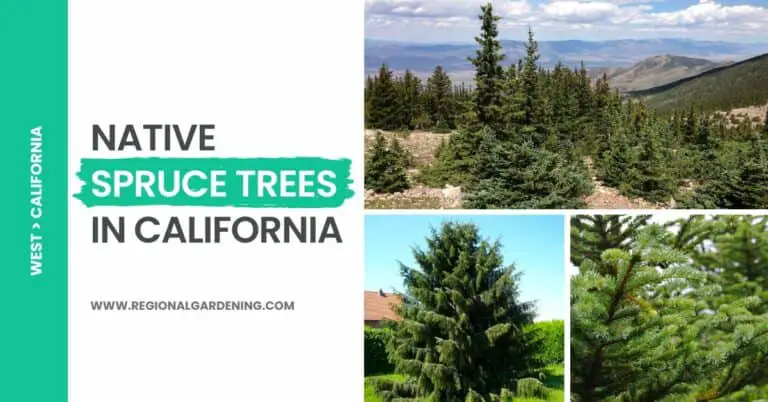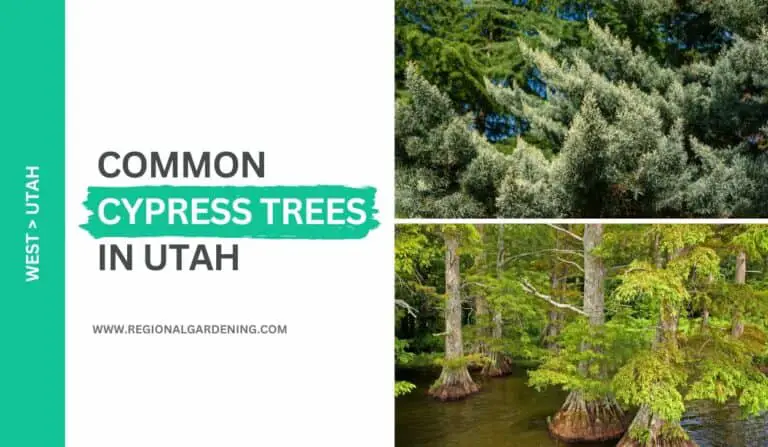3 Common Elm Trees In Utah (Photos & Identification)
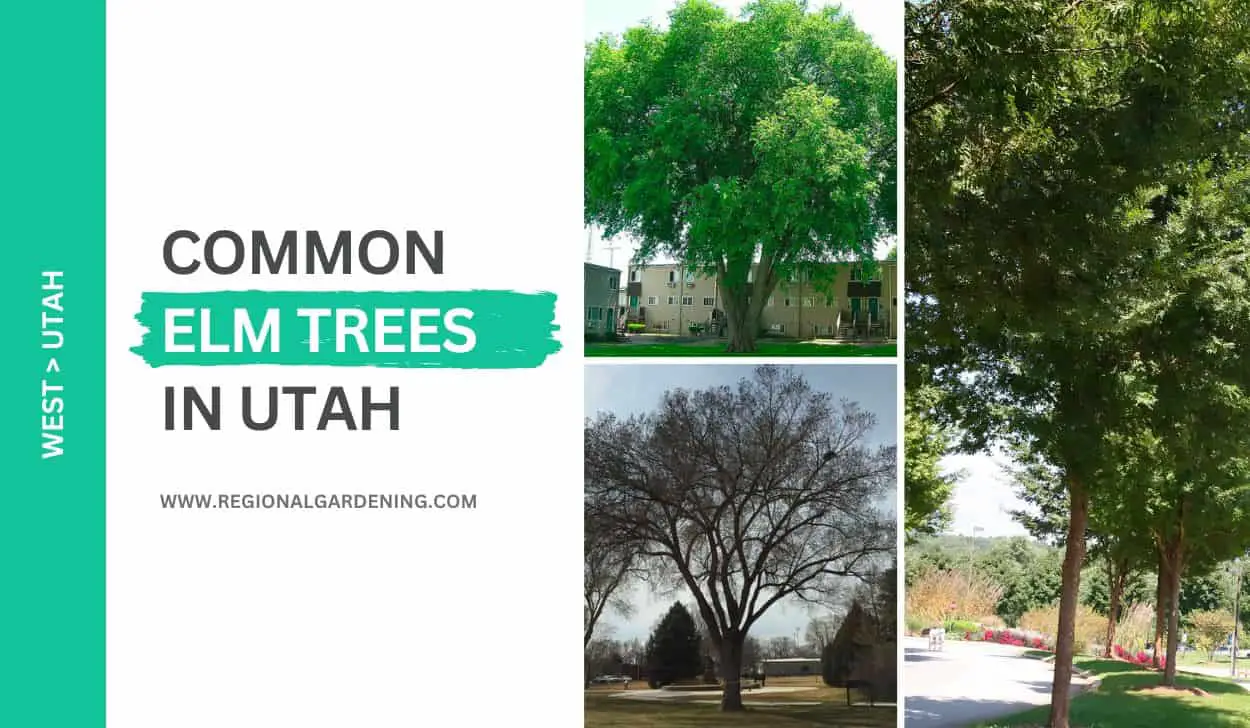
The elm genus contains about 18 species of trees native to Europe, Asia, and eastern North America. While none of these species are native to the western United States, several cultivated varieties, including the American Elm, Siberian Elm, and Lacebark Elm, can be found in Utah.
Elm trees are distinguished by their alternate, simple deciduous leaves with serrated margins. Furthermore, these trees bear inconspicuous, small, perfect flowers devoid of petals.
Let’s take a closer look at each of these common elm trees in Utah so that you can identify these majestic trees very easily next time.
1. American Elm

- Common Name: American Elm, White Elm
- Scientific Name: Ulmus americana
- Mature Height: 60-80 feet
- Native/Non-Native: Native
- Flowers/Cones: Samara fruit
- Uses: Wood used for boxes, crates, furniture, and veneer
The American Elm, commonly known as the White Elm, is a lovely tree native to the United States, but not Utah. Despite being a non native tree, it is one of the most commonly seen elm trees in Utah forests.
It is one of the medium-sized trees that can reach heights of 60-80 feet.
The American Elm’s leaves are simple, oblong-obovate to elliptic, and measure 4-6 inches long and 1-3 inches wide. They are dark green on top and pale and slightly hairy underneath. The twigs of the tree are slender, zigzag, glabrous, and brown. Although there are no terminal buds on the tree, the lateral buds are around 1/4″ long, oval, not sharply pointed, and chestnut-brown.
The American Elm is recognized for its attractive, vase-like crown shape and deep shade. It was widely planted as a street tree throughout the United States, but Dutch elm disease has largely wiped it out.
Surviving trees can be seen in Utah, but they probably have escaped the illness through chance rather than actual resistance. It is dangerous to plant the American Elm, however resistant varieties are periodically released. However, many of these have not been proven to be long-term resistant, and some are crosses with no American Elm in them.
The bark of the American Elm is ash-gray, with flat-topped ridges separated by diamond-shaped furrows. The bark of older trees can become rough and lack a distinct pattern. The wood of the tree is valuable and is used to make boxes, crates, furniture, and veneer.
2. Siberian Elm
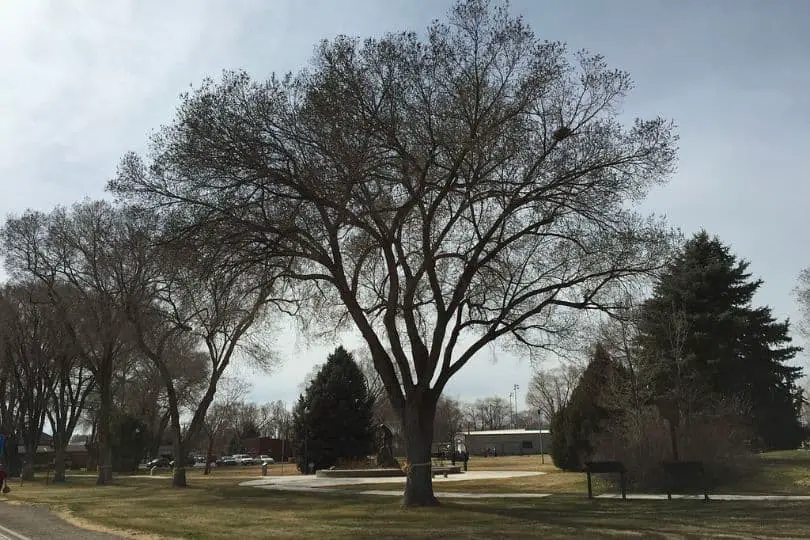
- Common Name: Siberian Elm or Chinese Elm
- Scientific Name: Ulmus pumila
- Mature Height: 50-70 feet
- Native/Non-Native: Non-Native
- Flowers/Cones: Samara Fruit
- Uses: Shelterbelts, Yards and Landscaping
The Siberian Elm, also known as the Chinese Elm, is a deciduous tree found in Siberia, China, and Korea. It can reach heights of 50-70 feet and has elliptic to elliptic-lanceolate leaves 1-3 inches long and 1/3 to 1 inch broad.
The leaves are dark green with a single serrate border and are glabrous or slightly hairy underneath. The small petiole is another distinguishing trait of this one-of-a-kind tree.
The twigs of Siberian Elm are slender, gray, and glabrous or slightly hairy. They lack a terminal bud and instead have spherical lateral buds topped with long hairs.
This tree’s fruit is a samara, which is spherical and 1/2 inch long. The wing margin is deeply notched at the tip, which sets it apart from other elms.
The bark of the Siberian Elm is gray and rough, with shallow furrows and long, flat ridges. It grows quickly and is commonly used in shelterbelts, yards, and landscapes. It is, however, an invasive species that can spread rapidly in areas where it has not been planted. It is frequently referred to mistakenly as Chinese Elm.
While Siberian Elm is resilient and fast-growing, it has a number of unfavorable characteristics and should be avoided in most instances. Weak wood, diseases, and insects are obstacles for this species.
3. Lacebark Elm
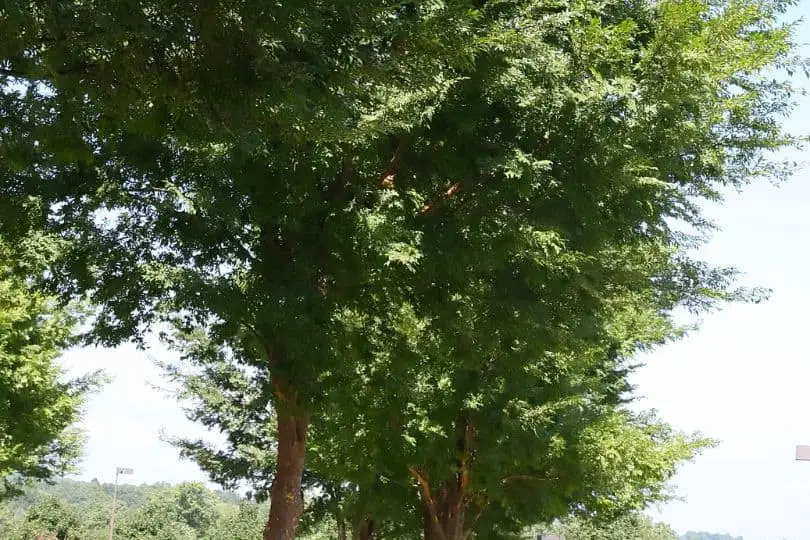
- Common Name: Lacebark Elm or Chinese Elm
- Scientific Name: Ulmus parvifolia
- Mature Height: 50-70 feet
- Native/Non-Native: Non-native
- Flowers/Cones: Samara fruit, no flowers or cones
- Uses: Landscape tree
The Lacebark Elm, also known as Chinese Elm or Ulmus parvifolia, is a beautiful and popular tree often used for landscaping.
This tree is indigenous to northern and central China, as well as Korea and Japan. Although it is not native to the United States, it is widely planted in Utah and other states as an ornamental tree due to its lovely foliage and unique bark.
The Lacebark Elm can reach 50-70 feet in height and has a medium growth rate. When young, the leaves are alternating, simple, and leathery, with a dark green and glabrous top side and a hairy underside.
The bark of the tree is gray-green with orange and brown highlights and a distinct interlacing pattern. The tree bears oval-shaped 1/3″ long samara fruit in the fall.
The Lacebark Elm is a desirable choice for landscaping because it can adapt to a wide range of soil and site conditions and is resistant to Dutch elm disease. It can be planted in most locations of Utah and has an intermediate shade tolerance. One good example of its use is at the Little America Hotel grounds in Salt Lake City.
To avoid misunderstanding the Siberian Elm, ask for a Lacebark Elm by its scientific name if you intend to plant one. This is due to the Lacebark Elm being a true Chinese Elm with a lovely interlacing bark pattern. You can grow this tree in zones 4-9 and enjoy its gorgeous leaves and unusual bark for many years to come.
Common Elm trees In Utah – Frequently Asked Questions (FAQs)
Let’s go through some of the most frequently asked questions about common elm trees in Utah.
Are there elm trees in Utah?
Yes, there are elm trees in Utah. While none of the elm species are native to the western United States, including Utah, several varieties have been planted in the state. A few common elm trees in Utah are American Elm, Lacebark Elm, and Siberian elm (Ulmus pumila).
It is important to note that the presence of elm trees in Utah is a result of human planting and their subsequent spread, rather than being native to the area.
What is the best elm tree for Utah?
The Lacebark Elm (Ulmus parvifolia) is considered the best elm tree for Utah. It is well-suited to the state’s climate and soil conditions. The Lacebark Elm is known for its beautiful mottled bark, which peels to reveal different shades of gray, orange, and brown, adding visual interest to the landscape. This elm variety is also resistant to Dutch elm disease, a fungal infection that has wiped out many other elm species.
The ability of Lacebark Elm to withstand harsh weather conditions, disease resistance, and aesthetic appeal make it an excellent choice for planting and enjoying in Utah’s urban and suburban areas.
Similar Articles
- Common Oak Trees In Utah
- Common Pine Trees In Utah
- Common Mulberry Trees In Utah
- Common Magnolia Trees In Utah
- Common Ash Trees In Utah
- Common Spruce Trees In Utah
- Common Birch Trees In Utah
- Common Maple Trees In Utah
- Common Dogwood Trees In Utah
- Common Poplar Trees In Utah
- Common Nut Trees In Utah
- Common Pear Trees In Utah
- Common Cedar Trees In Utah
- Common Willow Trees In Utah
- Common Alder Trees In Utah
- Common Cypress Trees In Utah
- Common Beech Trees In Utah
- Common Juniper Trees In Utah
- Common Fir Trees In Utah
- Common Plum & Cherry Trees In Utah
- Common Palm Trees In Utah
Common Elm trees In Utah – Sources
The Regional Gardening team makes sure that the information in our articles is accurate by only using sources that are known to be trustworthy. Some of these sources are peer-reviewed journals from government agencies, well-known universities, and scientific research organizations.
- Trees & Shrubs In Yard And Garden, Utah State University Extension
- Native & Non-Native Tree Identification, Utah State University Forestry Extension.
- Native Plants, Utah Native Plant Society.
- A Guide To The Trees Of Utah & Intermountain West, Book By Michael Kuhns, Utah State University Press.


